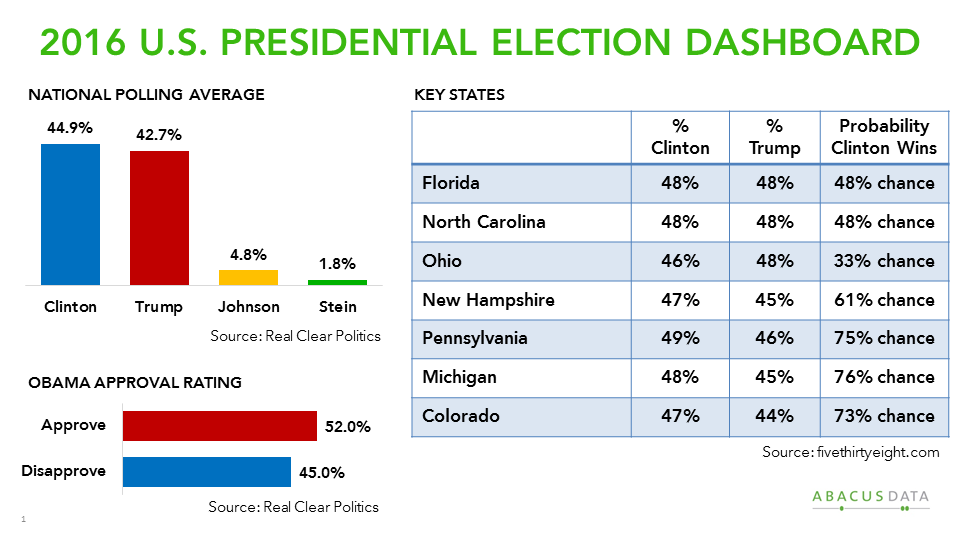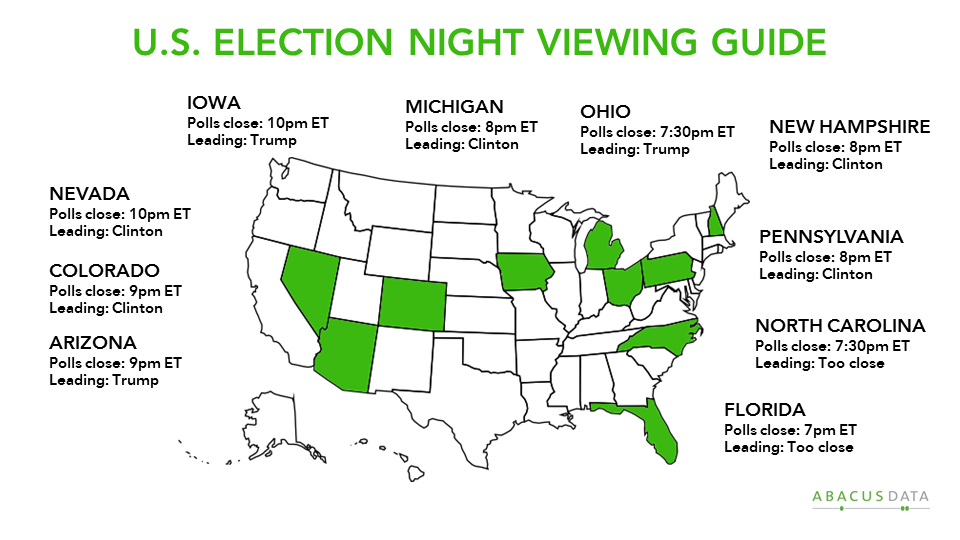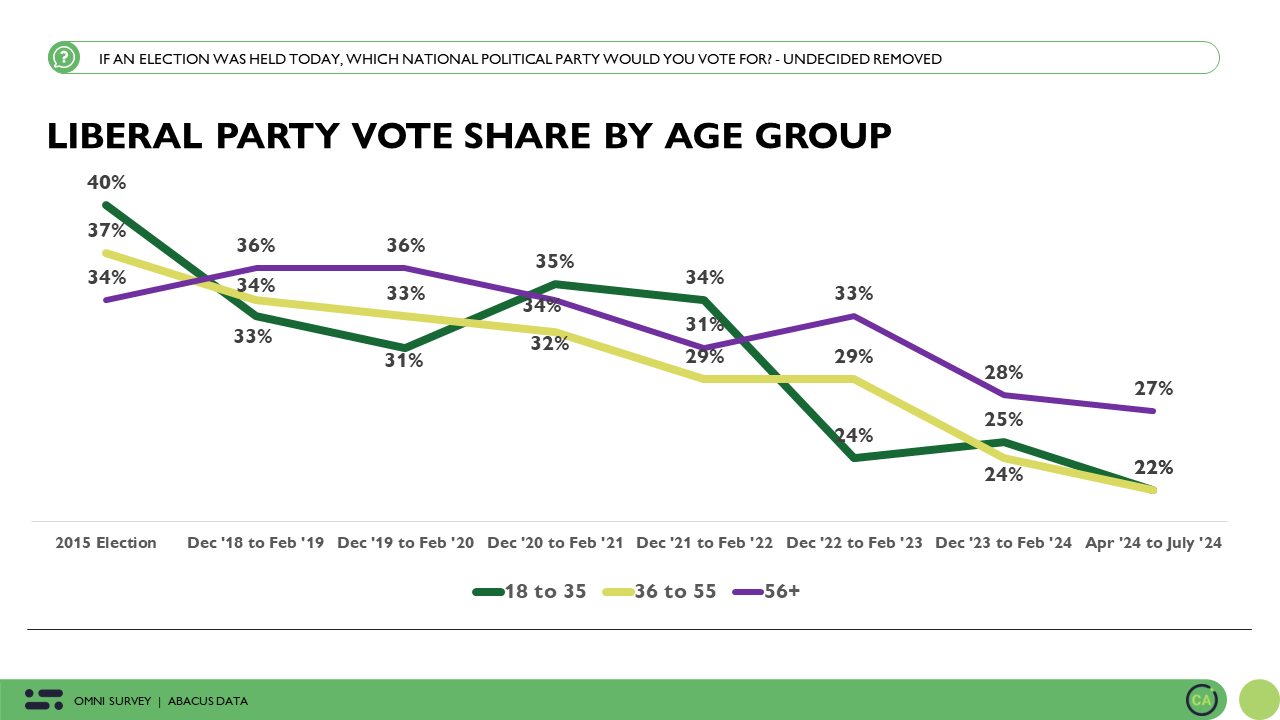TRUMP vs. CLINTON: What to expect Tuesday night
November 7, 2016
It’s almost over!
Tomorrow night (hopefully), we will finally find out who will be the next American President. It’s been a campaign unlike any other and even in the final hours before the votes get counted, it’s not entirely clear who will win.
Polls released over the weekend suggest that Hillary Clinton continues to hold a small, 2 to 3-point advantage in national polling. And all of the election prediction sites continue to say that she is the favourite with probabilities that she will win ranging from 65% from Nate Silver’s fivethirtyeight.com to 84% from the New York Times Upshot to 87% from Dailykos to 98% from Huffington Post Pollster.

But there are reasons to be cautious about these projections.
The polls have been much more volatile than in past elections. Even within some key states, recent polls have told very different stories about the state of the race. In Colorado, for example, one poll found the race tied while another found Clinton with a 5-point lead. There is a chance that polls are systematically missing something.
Recent experiences in the UK and in some states during the primaries confirm that we should be cautious about interpreting poll results and using them to predict election outcomes. Polls are not perfect instruments – they are estimates whose accuracy is determined by far more than the methodology or quality of the survey. For example, estimating who will show up to vote on Election Day is the hardest task for polling to get right. Are there “shy Trump voters”? What will news coverage focus on in the final 24 hours and how will that affect turnout? Is Clinton’s voter turnout operation as good as everyone thinks? How has advance voting impacted the race in different states? Polls can’t easily answer these types of questions but they will have major impacts on an election that has become much closer in the past two weeks.
What is clear, however, is that Donald Trump has far fewer paths to the 270 electoral votes needed to win the election than Hillary Clinton. Even if Trump wins Florida, Ohio, North Carolina, Arizona, Iowa, New Hampshire, Georgia, and Utah (it’s a toss up in many of these states right now), he still needs to win at least one more state where polling suggests Clinton’s lead is larger. The likely targets are Nevada, Colorado, Pennsylvania, or Michigan.
If you tune in Tuesday evening to watch this circus finally come to an end, here’s a guide to what to look for:
• Florida – most polls close at 7:00pm ET: As almost 50% of the state will have voted in advance polls, we should get an early sense of where things stand. If Trump isn’t close in these early returns, that could signal a bad night for him. He must win Florida if he has any chance at winning the election.
• North Carolina & Ohio – polls close at 7:30pm ET: If Trump wins Florida, he also needs to win both North Carolina and Ohio. If he has taken the lead in Florida and builds up a lead in both states, he’s on the road to 270.
• Michigan, New Hampshire, and Pennsylvania – polls close at 8pm ET: These are Clinton’s firewall states. If Trump wins in two or more of these states, he will very likely be President.
• Colorado & Arizona – polls close at 9pm ET: If Trump wins FL, OH, NC, and NH then these two states become critical for both campaigns. If Trump wins Colorado and Arizona, he would only need 4 more electoral votes to win (Iowa and Nevada has six a piece). If Clinton wins both, Clinton is President.
• Iowa & Nevada – polls close at 10pm ET: If Trump has won FL, OH, NC, NH, CO, and AZ, he must win one of these two states to pull off the win. Iowa is his best bet given the polls released this weekend.

This path to 270 assumes that the results are clear in every state and recounts are not required. Given how close this race is, we may not know who has won the election by the end of the day.
Oh, and don’t forget the race for control of the Senate is also close and will have major consequences on policy direction over the coming years.



